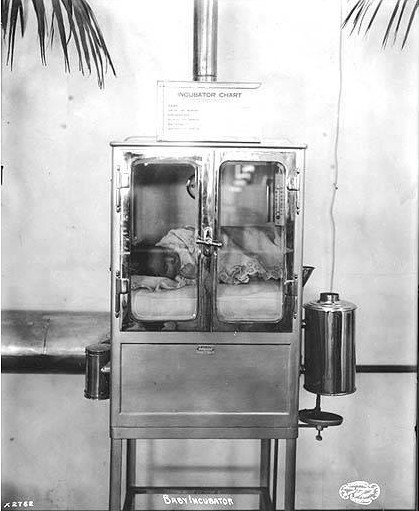As I’ve written before, plenty of people will rush to have “CRISPR babies” and be willing recipients of makeovers that extend far further than skin-deep. Botox and fillers and cosmetic surgery apps are just a dress rehearsal for what’s to come, and it will arrive, whether China or Europe or the U.S. first begins experimenting in earnest with gene modification. There are currently many unintended consequences attending the process, but the “games” will eventually begin.
In regards to the proliferation of plastic surgery, here’s an excerpt from a BBC piece by Dominic Hughes about children being targeted with propaganda:
Prof. Jeanette Edwards, from the University of Manchester, who chaired the council’s inquiry into ethical issues surrounding cosmetic procedures, said some of the evidence around games aimed at younger children had surprised the panel.
“We’ve been shocked by some of the evidence we’ve seen, including make-over apps and cosmetic surgery ‘games’ that target girls as young as nine.
“There is a daily bombardment from advertising and through social media channels like Facebook, Instagram and Snapchat that relentlessly promote unrealistic and often discriminatory messages on how people, especially girls and women, ‘should’ look.”•
The next phase, the bold move toward “designer babies,” is addressed in Ed Yong’s smart Atlantic article about scientist Jennifer Doudna trying to reckon with her prominent role in the “CRISPR Revolution.” The opening:
Jennifer Doudna remembers a moment when she realized how important CRIPSR—the gene-editing technique that she co-discovered—was going to be. It was in 2014, and a Silicon Valley entrepreneur had contacted Sam Sternberg, a biochemist who was then working in Doudna’s lab. Sternberg met with the entrepreneur in a Berkeley cafe, and she told him, with what he later described to Doudna as “a very bright look in her eye that was also a little scary,” that she wanted to start applying CRISPR to humans. She wanted to be the mother of the first baby whose genome had been edited with the technique. And she wanted to establish a business that would offer a menu of such edits to parents.
Nothing of the kind could currently happen in the U.S., where editing the genomes of human embryos is still verboten. But the entrepreneur apparently had connections that would allow her to offer such services in other countries. “That’s a true story,” Doudna told a crowd at the Aspen Ideas Festival, which is co-hosted by the Aspen Institute and The Atlantic. “That blew my mind. It was a heads-up that people were already thinking about this—that at some point, someone might announce that they had the first CRISPR baby.”
The possibility had always been there. Bacteria have been using CRISPR for billions of years to slice apart the genetic material of viruses that invade their cells. In 2012, Doudna and others showed how this system could be used to deliberately engineer the genomes of bacteria, cutting their DNA with exceptional precision. In quick succession, researchers found that they could do the same in mammalian cells, mice, plants, and—in early 2014—monkeys. “I had all of this at the back of my mind,” Doudna told me after her panel. But Sternberg’s story about his meeting “was the moment where I said I needed to get involved in this conversation. I’m not going to feel good about myself if I don’t talk about it publicly.”
That has not been an easy journey. Doudna built her career on molecules and microbes. As few as five years ago, she was, by her own admission, working head-down in an ivory tower, with no plans of milking practical applications from her discoveries, and little engagement with the broader social impact of her work.
But CRISPR forcefully yanked Doudna out of that closeted environment, and dumped her into the midst of intense ethical debates about whether it’s ever okay to change the DNA of human embryos, whether eradicating mosquitoes is a good idea, and whether “fixing” the genes behind inherited diseases is a blow to disabled communities.•
Tags: Dominic Hughes, Ed Yong, Jeanette Edwards, Jennifer Doudna

